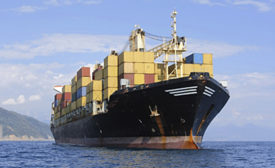Study: U.S. seaports contribute greatly to nation’s economy
Between 2014-2018, the total number of jobs supported by cargo moving through the United States’ deep-draft ports increased by more than one-third, from 23.1 million jobs to 30.8 million.
Read More




